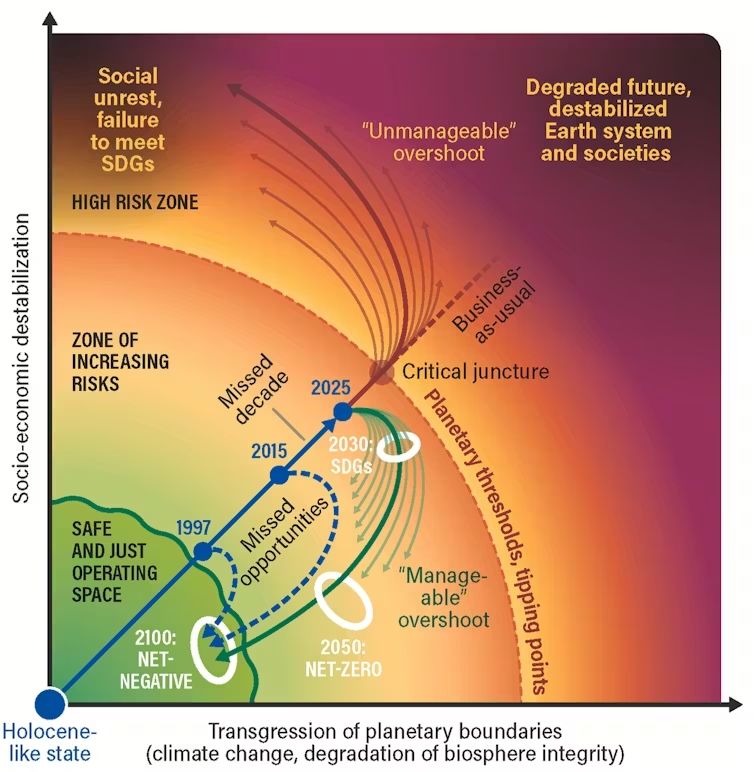Ukraine plans to effectively dismantle one of the main structures that has brought foreign volunteers into its ranks, the International Legion under the Ground Forces, according to sources, leaving legionnaires worried they will lose the unit's hard-won identity and be scattered into unfamiliar structures in a way they say could cost lives.
“Our biggest worry is just that we'll be moved around and units will be pulled apart, and we'll basically be funneled into where they feel like they need to put us in order to make this work,” a soldier who has fought with the Legion for a year and a half told the Kyiv Independent on condition of anonymity.
“This is (about a thousand soldiers) being moved into different areas, falling under their command, and with that kind of change will come mistakes. Mistakes that could have been prevented by just keeping the structure that we have now," he added.
The Ground Forces, which the Legion is subordinate to, has not responded to the Kyiv Independent’s request for reasons or more details about the expected structural change by publication time. The plan does not impact the other International Legion under the Defense Ministry’s military intelligence (HUR).
Founded in February 2022 at the request of President Volodymyr Zelensky, the Legion allowed foreigners to fight alongside the Ukrainian army, and has had both battlefield and political impact throughout the war.
The current plan involves the Legion’s three combat battalions being transferred separately to an assault regiment or brigade, an officer familiar with the matter told the Kyiv Independent on condition of anonymity. The officer, along with several legionnaires interviewed, said they are speaking out in an effort to preserve the Legion in its current form, arguing there is no need for a change.
It is unclear whether the assault regiment or brigade to which the legionnaires would be transferred will be under the command of Ground Forces or the newly created Assault Forces, according to the officer. The transfer is expected to be completed by the end of the year, the officer said, adding that the units would cease to exist under an independent umbrella of the Legion.






